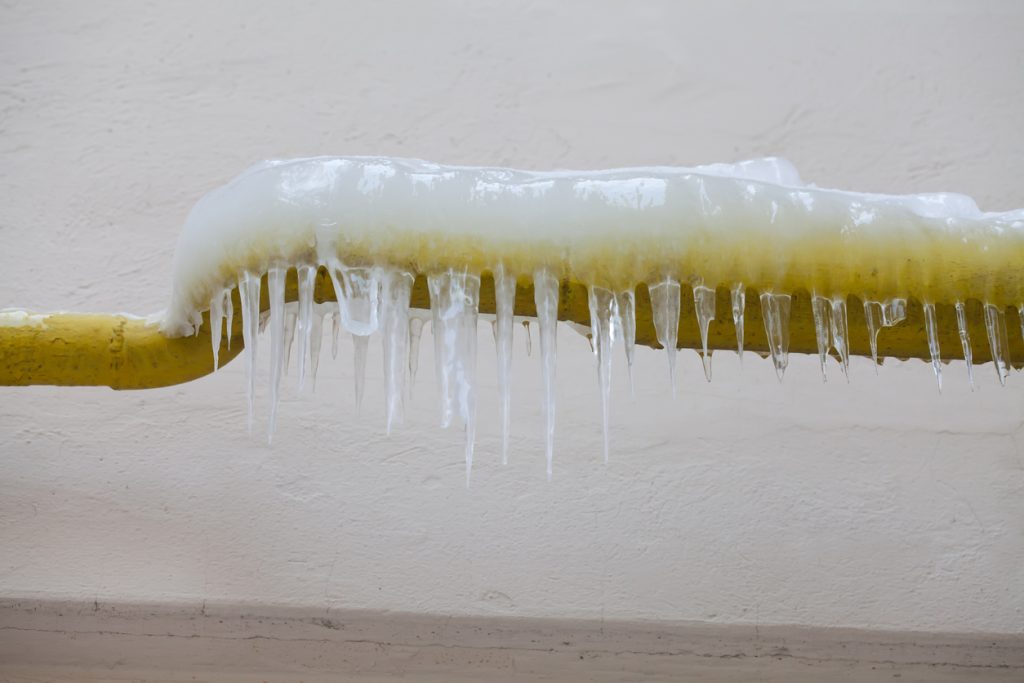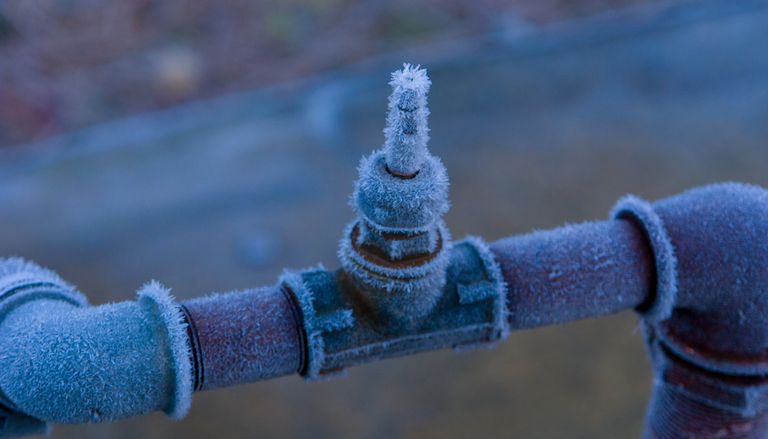Crucial Advice to Prevent Frozen Plumbing in Cold Weather: Professional Insights
Crucial Advice to Prevent Frozen Plumbing in Cold Weather: Professional Insights
Blog Article
The article on the next paragraphs pertaining to How To Avoid Freezing Pipes is seriously fascinating. Read it for yourself and decide what you think of it.

Cold weather can wreak havoc on your pipes, especially by freezing pipes. Here's how to prevent it from happening and what to do if it does.
Intro
As temperature levels decline, the danger of frozen pipelines rises, potentially resulting in costly fixings and water damages. Understanding just how to avoid frozen pipes is critical for property owners in cold climates.
Avoidance Tips
Protecting prone pipes
Wrap pipes in insulation sleeves or make use of warm tape to secure them from freezing temperature levels. Concentrate on pipes in unheated or external locations of the home.
Home heating methods
Maintain interior rooms appropriately warmed, especially locations with plumbing. Open up cupboard doors to enable cozy air to distribute around pipelines under sinks.
How to recognize frozen pipes
Look for decreased water flow from taps, unusual smells or noises from pipelines, and visible frost on revealed pipes.
Long-Term Solutions
Architectural modifications
Take into consideration rerouting pipes far from outside wall surfaces or unheated locations. Add extra insulation to attic rooms, basements, and crawl spaces.
Upgrading insulation
Purchase premium insulation for pipes, attic rooms, and wall surfaces. Proper insulation aids preserve regular temperature levels and minimizes the risk of icy pipes.
Securing Outside Pipes
Garden tubes and exterior faucets
Separate and drain yard pipes prior to winter season. Install frost-proof spigots or cover outdoor taps with protected caps.
Comprehending Icy Pipes
What causes pipelines to ice up?
Pipes ice up when exposed to temperature levels below 32 ° F (0 ° C) for expanded periods. As water inside the pipes freezes, it increases, putting pressure on the pipe walls and possibly causing them to break.
Dangers and damages
Icy pipes can result in water supply disruptions, building damage, and costly repair work. Burst pipelines can flooding homes and create extensive architectural damages.
Indications of Frozen Piping
Recognizing frozen pipelines early can stop them from breaking.
What to Do If Your Pipelines Freeze
Immediate actions to take
If you suspect icy pipes, keep taps available to alleviate stress as the ice melts. Use a hairdryer or towels taken in hot water to thaw pipelines slowly.
Verdict
Stopping icy pipes calls for positive measures and quick feedbacks. By comprehending the reasons, signs, and safety nets, home owners can safeguard their pipes throughout cold weather.
5 Ways to Prevent Frozen Pipes
Drain Outdoor Faucets and Disconnect Hoses
First, close the shut-off valve that controls the flow of water in the pipe to your outdoor faucet. Then, head outside to disconnect and drain your hose and open the outdoor faucet to allow the water to completely drain out of the line. Turn off the faucet when done. Finally, head back to the shut-off valve and drain the remaining water inside the pipe into a bucket or container. Additionally, if you have a home irrigation system, you should consider hiring an expert to clear the system of water each year.
Insulate Pipes
One of the best and most cost-effective methods for preventing frozen water pipes is to wrap your pipes with insulation. This is especially important for areas in your home that aren’t exposed to heat, such as an attic. We suggest using foam sleeves, which can typically be found at your local hardware store.
Keep Heat Running at 65
Your pipes are located inside your walls, and the temperature there is much colder than the rest of the house. To prevent your pipes from freezing, The Insurance Information Institute suggests that you keep your home heated to at least 65 degrees, even when traveling. You may want to invest in smart devices that can keep an eye on the temperature in your home while you’re away.
Leave Water Dripping
Moving water — even a small trickle — can prevent ice from forming inside your pipes. When freezing temps are imminent, start a drip of water from all faucets that serve exposed pipes. Leaving a few faucets running will also help relieve pressure inside the pipes and help prevent a rupture if the water inside freezes.
Open Cupboard Doors
Warm your kitchen and bathroom pipes by opening cupboards and vanities. You should also leave your interior doors ajar to help warm air circulate evenly throughout your home.

Do you enjoy reading about Preventing and dealing with frozen pipes? Put a remark further down. We would be happy to find out your opinions about this post. Hoping that you visit us again in the near future. Sharing is good. You never know, you could be helping someone out. I recognize the value of your readership.
Get Quote Now Report this page